In today’s digital world, cybersecurity isn’t just for big companies or tech experts. It’s for everyone including you and me. Whether you’re browsing Instagram, checking emails, or doing online banking, your data is always at risk if you’re not careful.
That’s why I wrote this blog, to help normal people like us stay safe online with easy and practical tips. Don’t worry, you won’t need to be a computer genius to follow these. Let’s get started!
1. Use Strong and Unique Passwords (No More "123456" Please!)
Let’s be honest, how many of us still use the same password everywhere? I used to do it too. But this is actually one of the biggest mistakes we can make online.
If a hacker gets access to just one account, and you use the same password on other sites, they can easily break into all of them. Scary, right?
What you should do:
-
Use passwords that are at least 12 characters long.
-
Mix uppercase, lowercase, numbers, and special characters.
-
Don’t use personal info like your name or birthday.
-
Use a password manager like Bitwarden, 1Password, or even Google Password Manager. These tools help you create and store strong passwords safely.
2. Turn on Two-Factor Authentication (2FA)
Even with a strong password, your account can still be hacked. That’s why it’s smart to add an extra layer of protection, and that’s where Two-Factor Authentication (2FA) comes in.
2FA means that when you log in, you’ll need to enter your password and a special code sent to your phone or app. So even if someone knows your password, they can’t log in without your phone.
How to turn on 2FA:
-
Go to your account settings (on Gmail, Instagram, Facebook, etc.).
-
Look for "Security" or "Login & Password".
-
Turn on 2-Step Verification or Two-Factor Authentication.
-
Choose to get the code via SMS or use an app like Google Authenticator or Authy.
Trust me, this simple step can block 99% of attacks.
3. Don’t Fall for Phishing Emails or Fake Links
Have you ever received a message saying:
"Your account is locked! Click here to fix it?"
That’s probably a phishing attack. It’s when hackers try to trick you into clicking fake links that steal your password or install malware on your device.
These emails or messages often look very real, like they’re from your bank, Instagram, or even Amazon.
How to spot phishing:
-
Check the sender’s email address, fake ones usually look weird or slightly different.
-
Hover over links before you click, see where they really go.
-
Don’t download unknown attachments or click on buttons that feel "urgent".
-
If unsure, go directly to the official website instead of clicking links.
4. Keep Your Devices and Apps Updated
I get it, software updates can be annoying. But those updates are not just for new features, they fix security holes that hackers use to break in. If you delay updates, you’re basically leaving the front door open for cybercriminals.
What to update:
-
Your laptop/PC
-
Common apps (WhatsApp, Instagram, banking apps)
Also, turn on auto-updates if possible. That way, you won’t forget.
5. Use Secure Wi-Fi and Avoid Public Networks
Ever connected to free Wi-Fi in a café, airport, or mall? It’s convenient, but also risky. Public Wi-Fi networks are not secure, and hackers can easily monitor what you’re doing.
In some cases, they can even steal your login info while you're checking your bank or email.
Safe browsing tips:
-
Avoid entering passwords or doing banking on public Wi-Fi.
-
Use your mobile data for sensitive tasks.
-
Better yet, use a VPN (Virtual Private Network) like NordVPN, ProtonVPN, or TunnelBear when you're on public networks. It encrypts your data so no one can spy on you.
6. Be Smart About App Permissions
Most of us blindly tap "Allow" when apps ask for permissions, but giving an app access to your camera, contacts, or location without knowing why can be risky.
Some apps misuse permissions to track your activity, collect data, or even spy on you.
What to do:
-
Review app permissions regularly in phone settings
-
Revoke permissions that don’t make sense (e.g., a calculator app doesn’t need your location)
-
Only download apps from official stores (Google Play or Apple App Store)
If an app looks sketchy or has bad reviews, skip it, your privacy is worth more than a flashy feature.
7. Delete Unused Accounts and Apps
Every account you create online, whether it’s an old shopping site or a forgotten game, is a potential target. If the company suffers a data breach, your info could be leaked.
And old apps? They might not be updated anymore, which means they could have security loopholes.
Clean up checklist:
-
Delete accounts you don’t use anymore
-
Remove apps you haven’t opened in 6+ months
-
Use a tool like HaveIBeenPwned.com to check if your email has been exposed in a breach
Fewer accounts = fewer things to worry about!
8. Educate Yourself and Stay Updated
Cybersecurity is always evolving. New types of threats appear regularly, from AI-based phishing to fake QR codes. Staying informed is a simple yet powerful way to avoid being caught off guard.
How to stay updated:
-
Follow trusted tech blogs or YouTube channels (like TheHackerNews, TechCrunch, or Linus Tech Tips)
-
Subscribe to newsletters from companies like Norton or Kaspersky
-
Join tech discussion groups on Telegram, Reddit, or Discord
Even reading one cyber tip per week can make a big difference.
Final Thoughts
Most people think hacking happens only in movies. But in reality, cybercrime is a daily threat, and anyone can be a target.
The good news? Staying safe online doesn’t require fancy tools or technical skills.
Just remember these 8 simple cybersecurity tips:
-
Use strong and unique passwords
-
Enable two-factor authentication
-
Avoid phishing emails and links
-
Keep your apps and software updated
-
Don’t trust public Wi-Fi blindly
-
Manage app permissions carefully
-
Clean up your old accounts
-
Keep learning and stay aware
Start small — even just changing your password habits and enabling 2FA can reduce your risk by more than 90%.
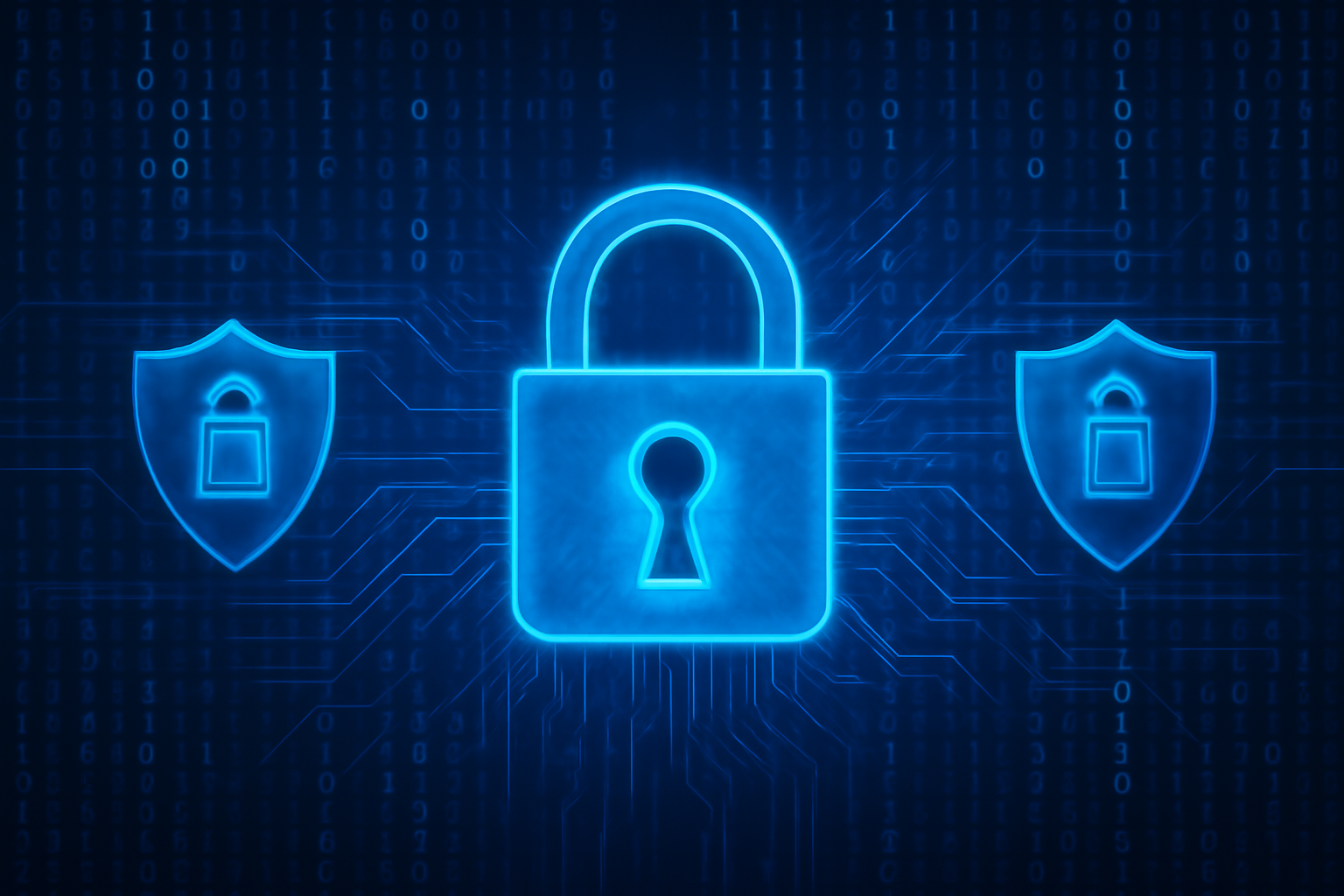
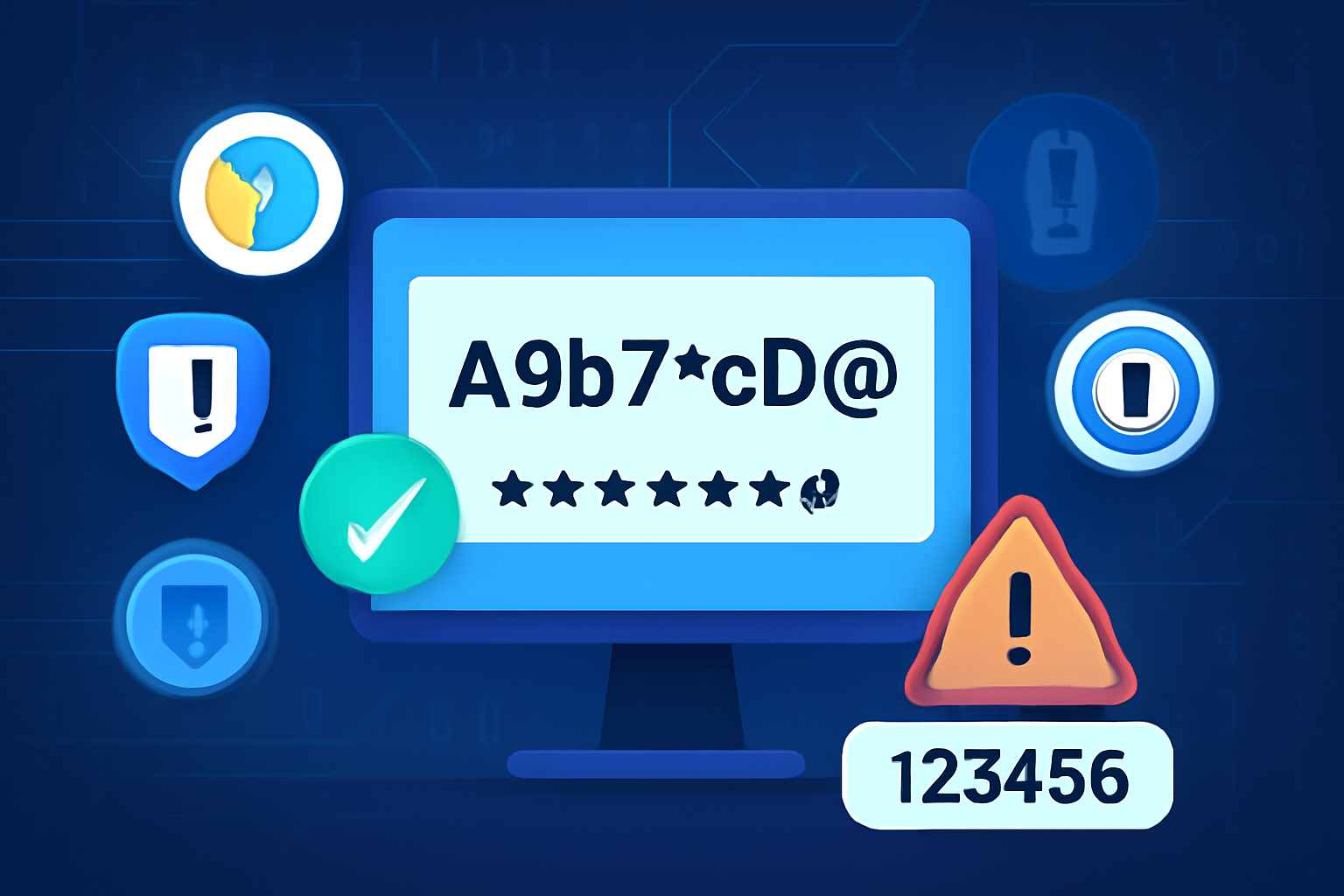
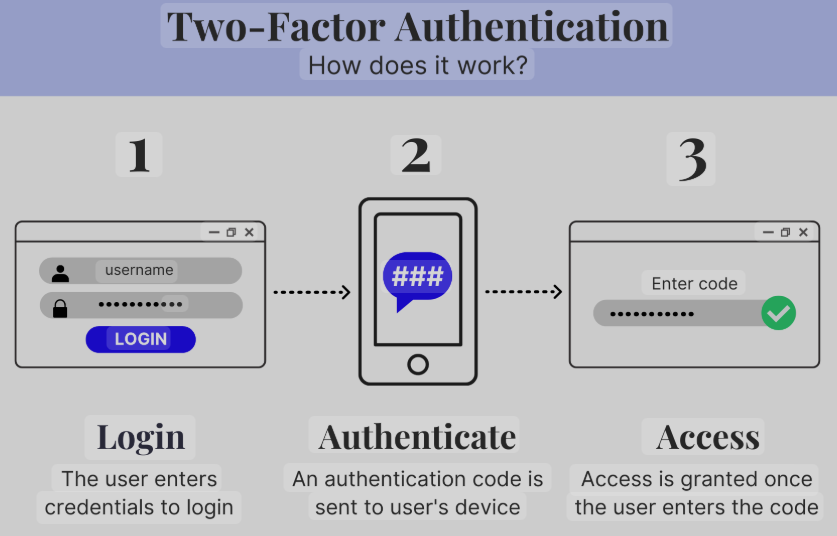
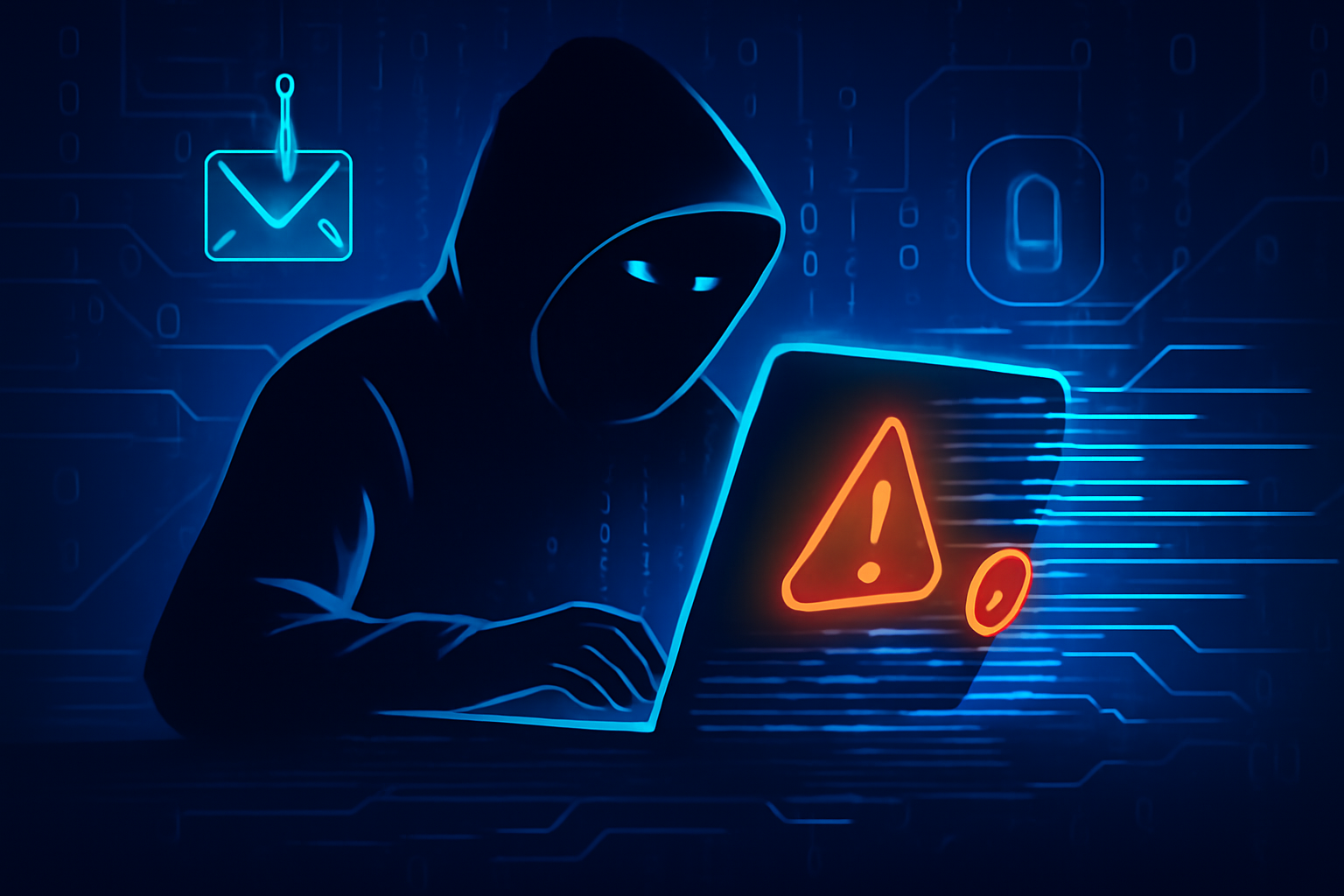

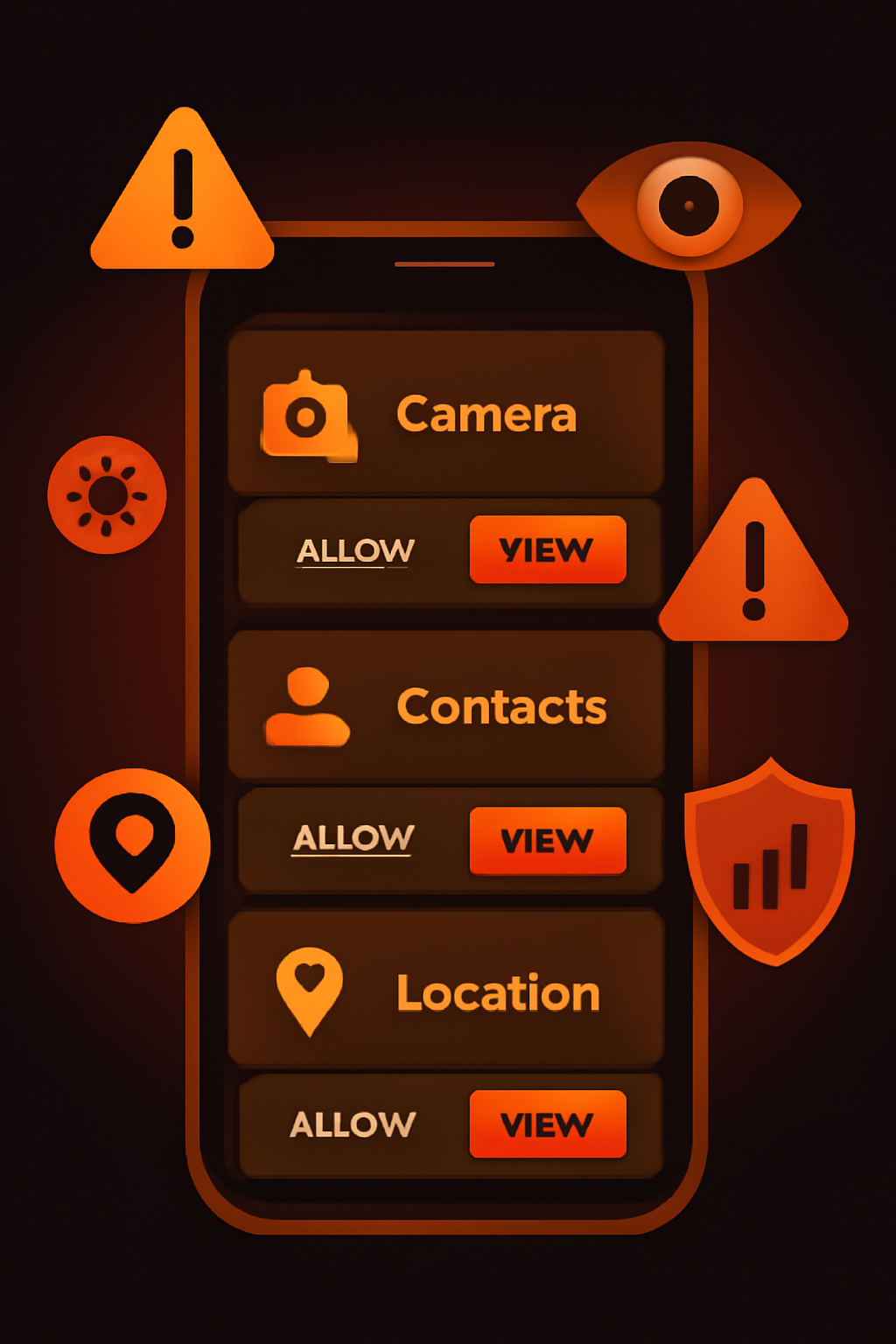
Comments
Post a Comment